RARE WWII 1942-43 Casablanca Class Aircraft Escort Carrier Blueprint Constructional Diagram Layout - Kaiser Shipping Company
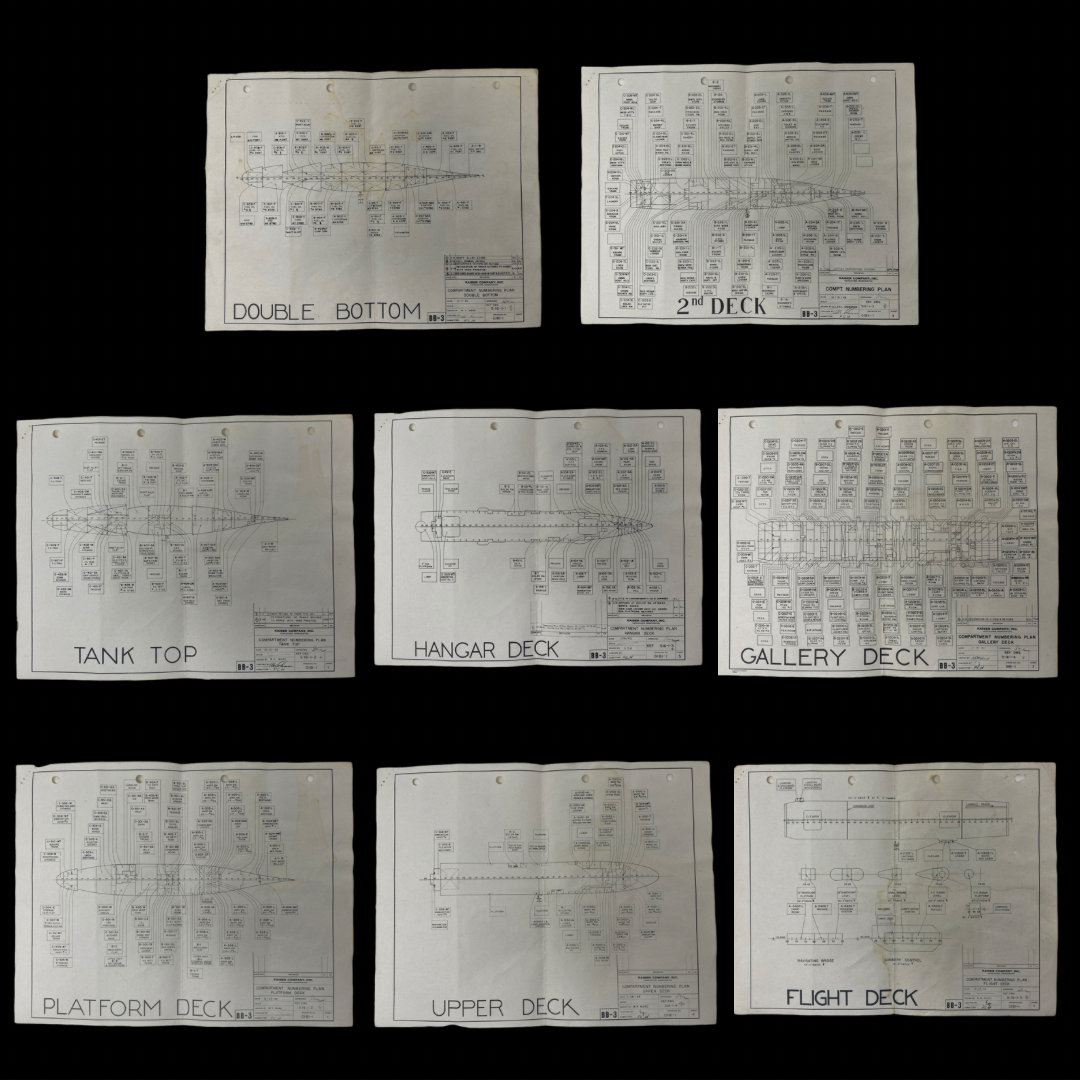


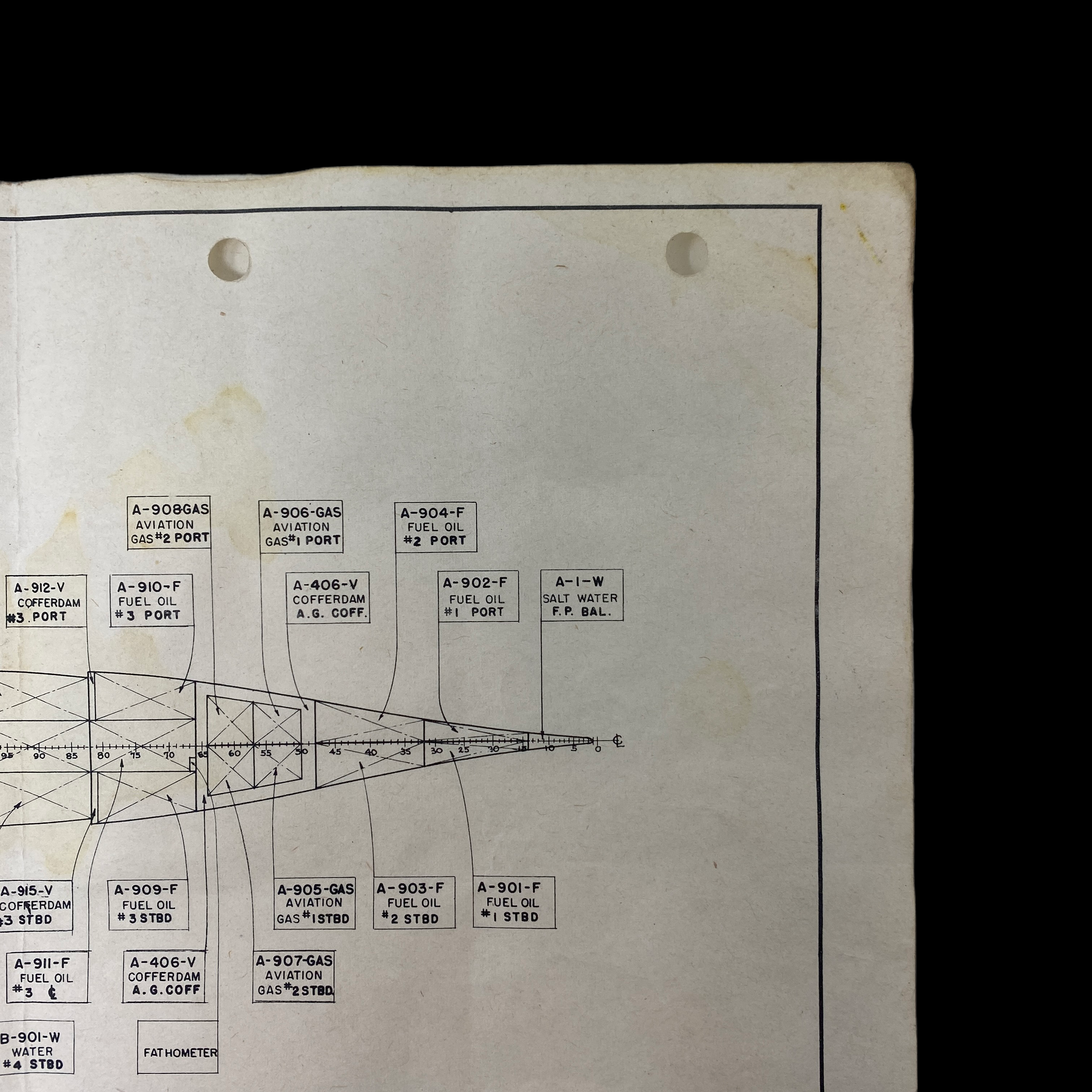
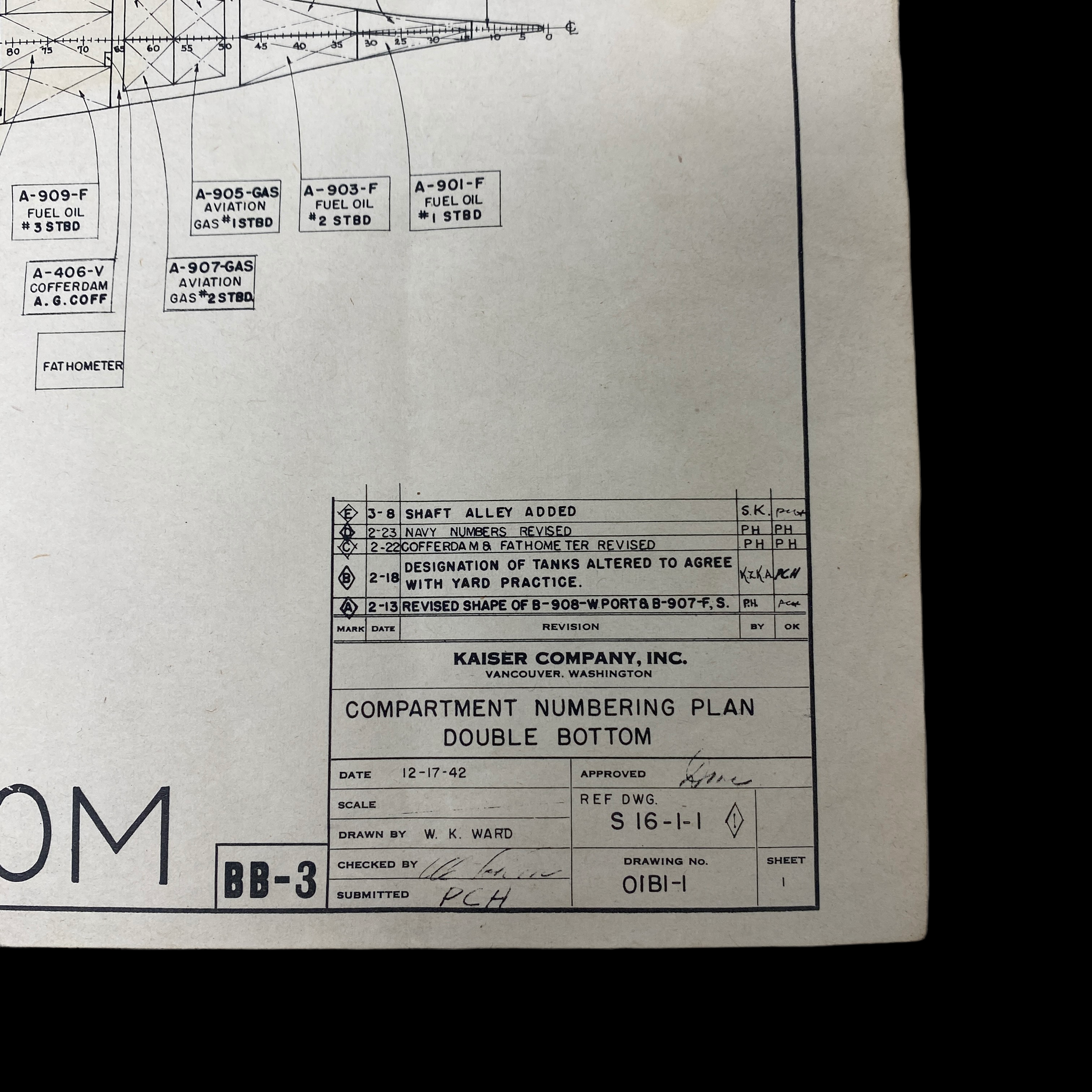

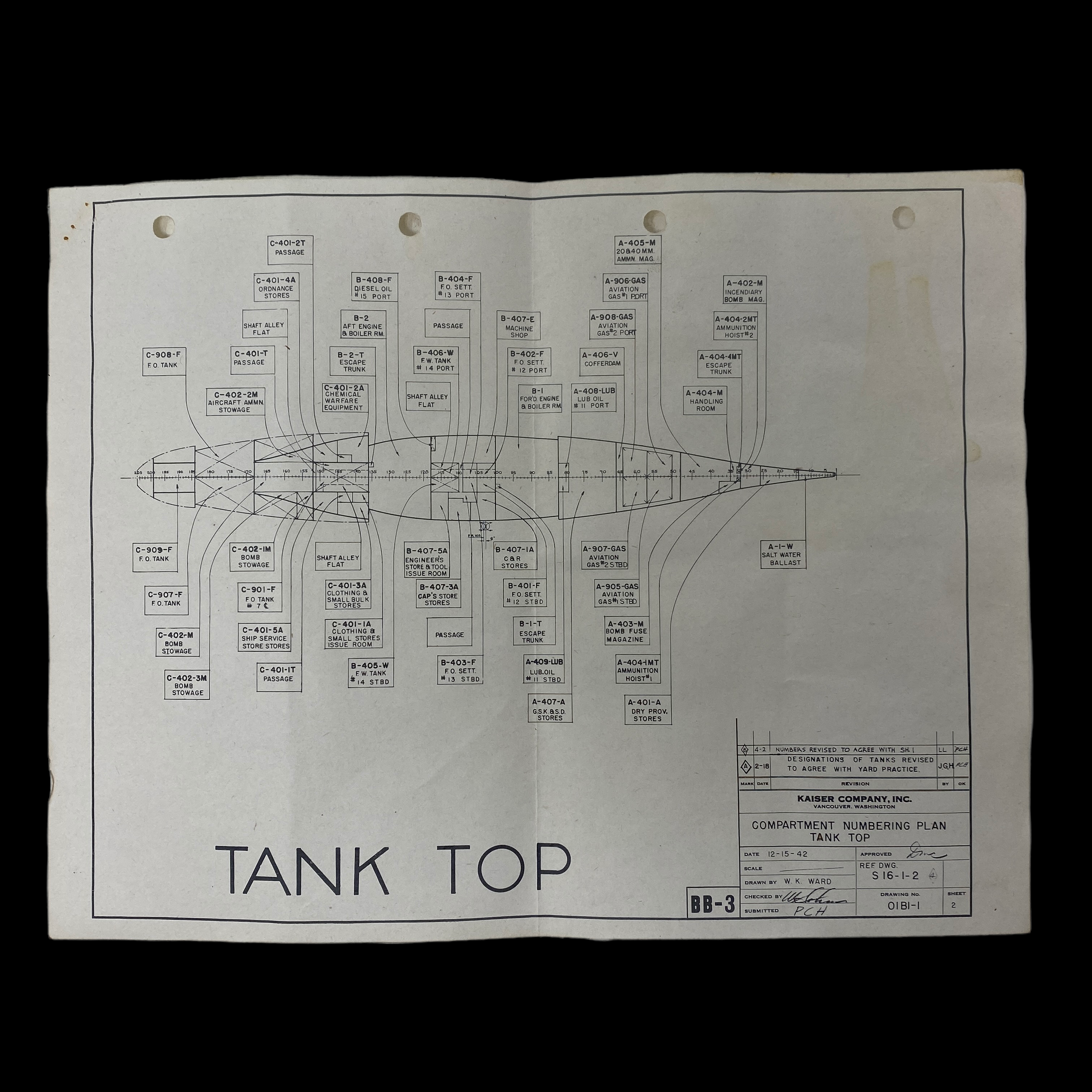
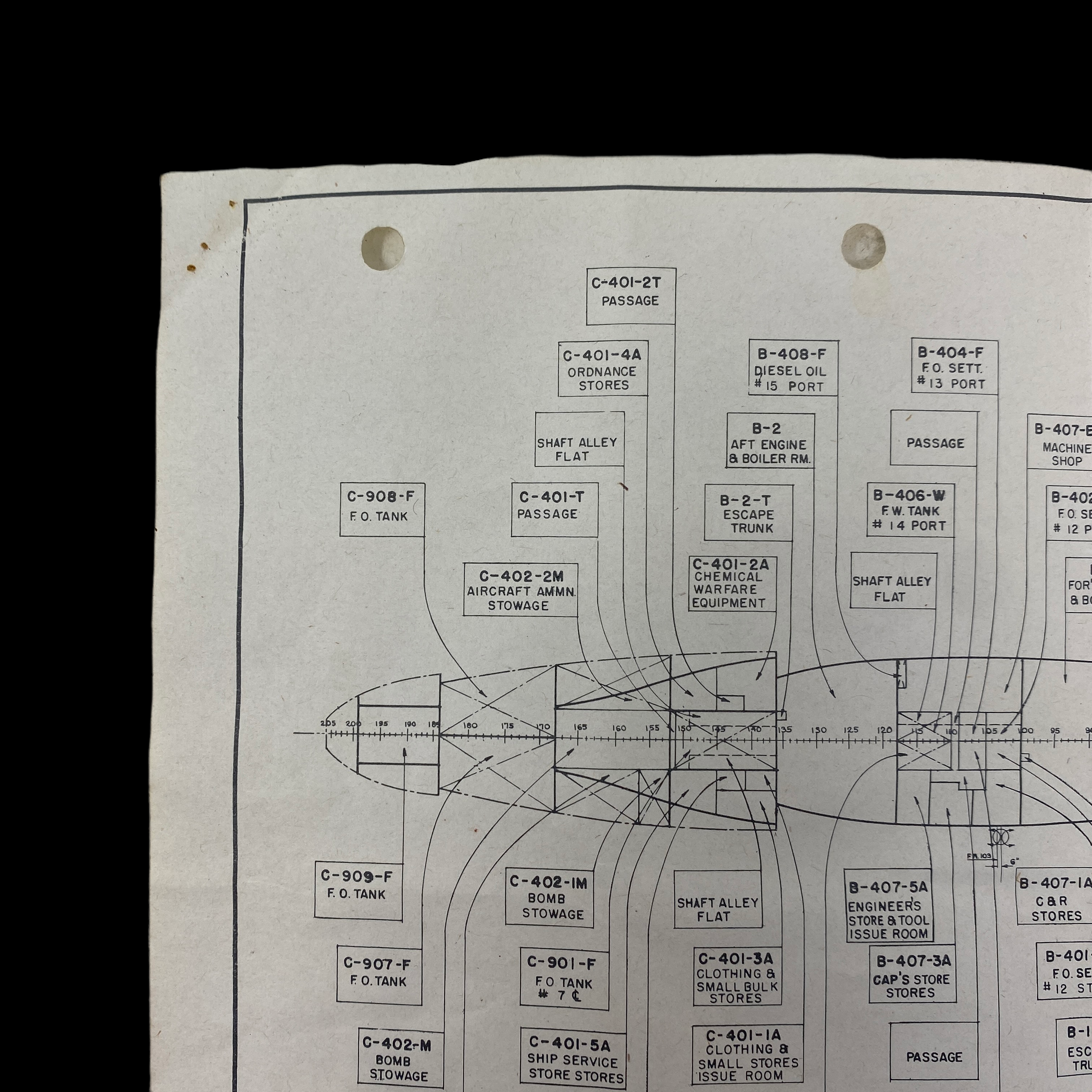

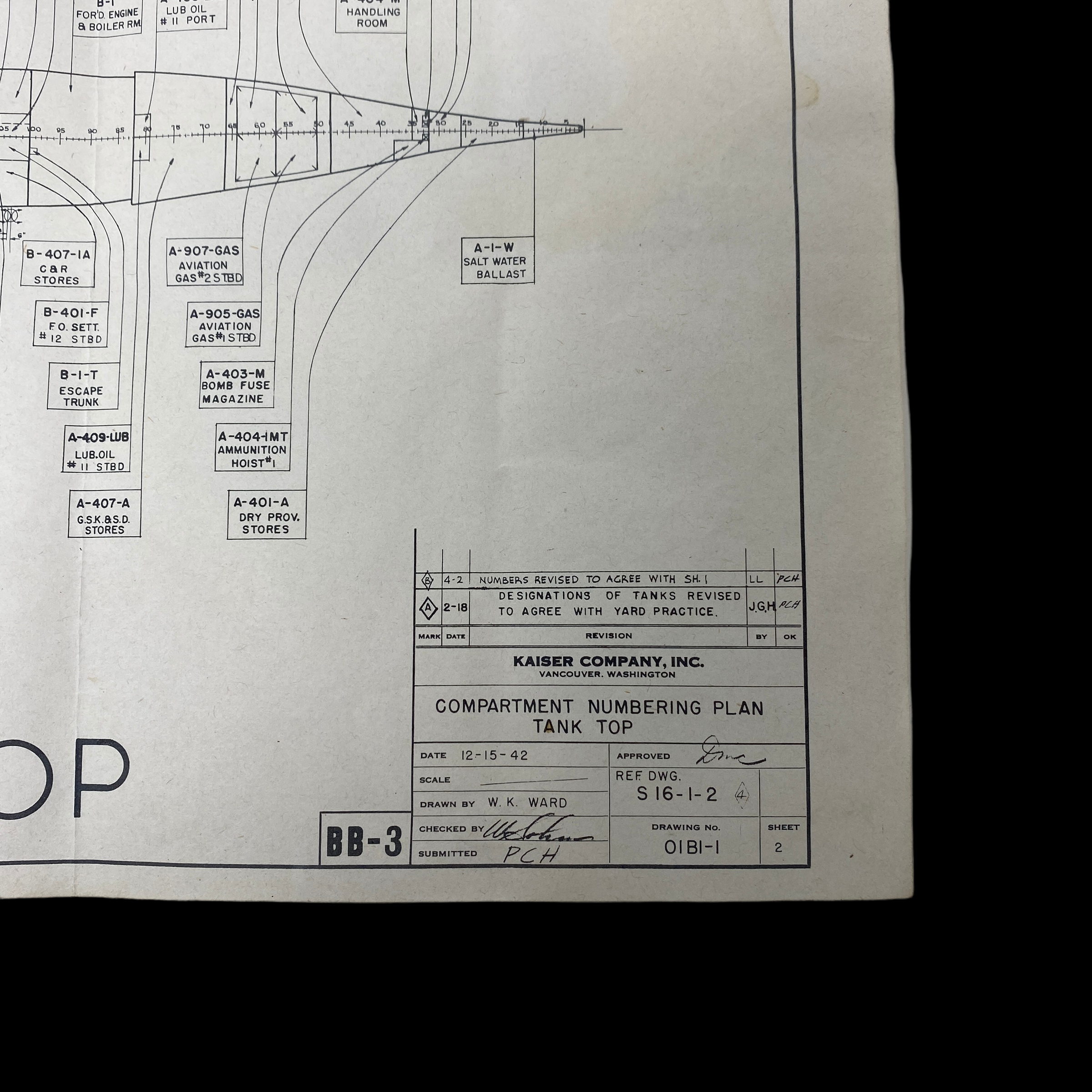
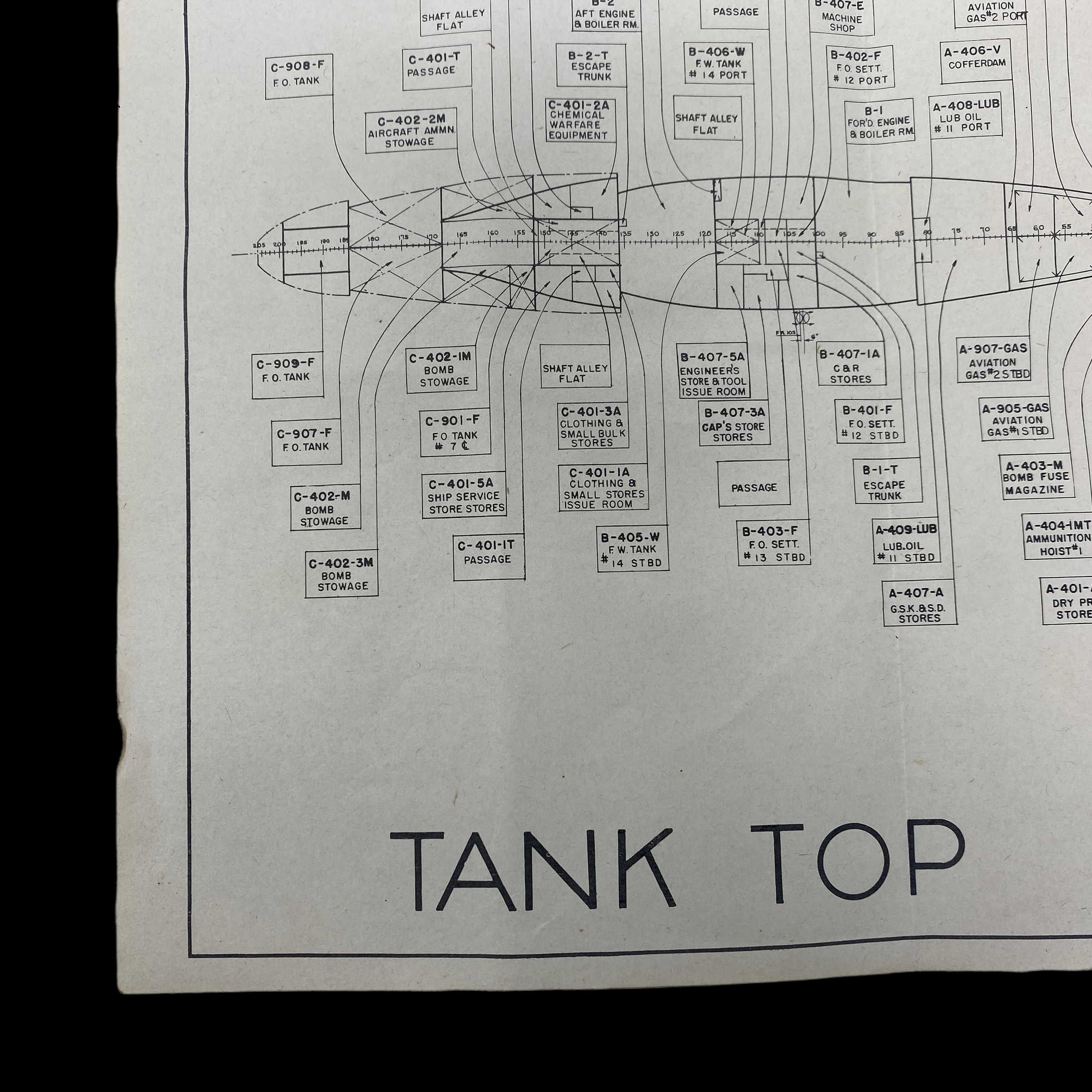

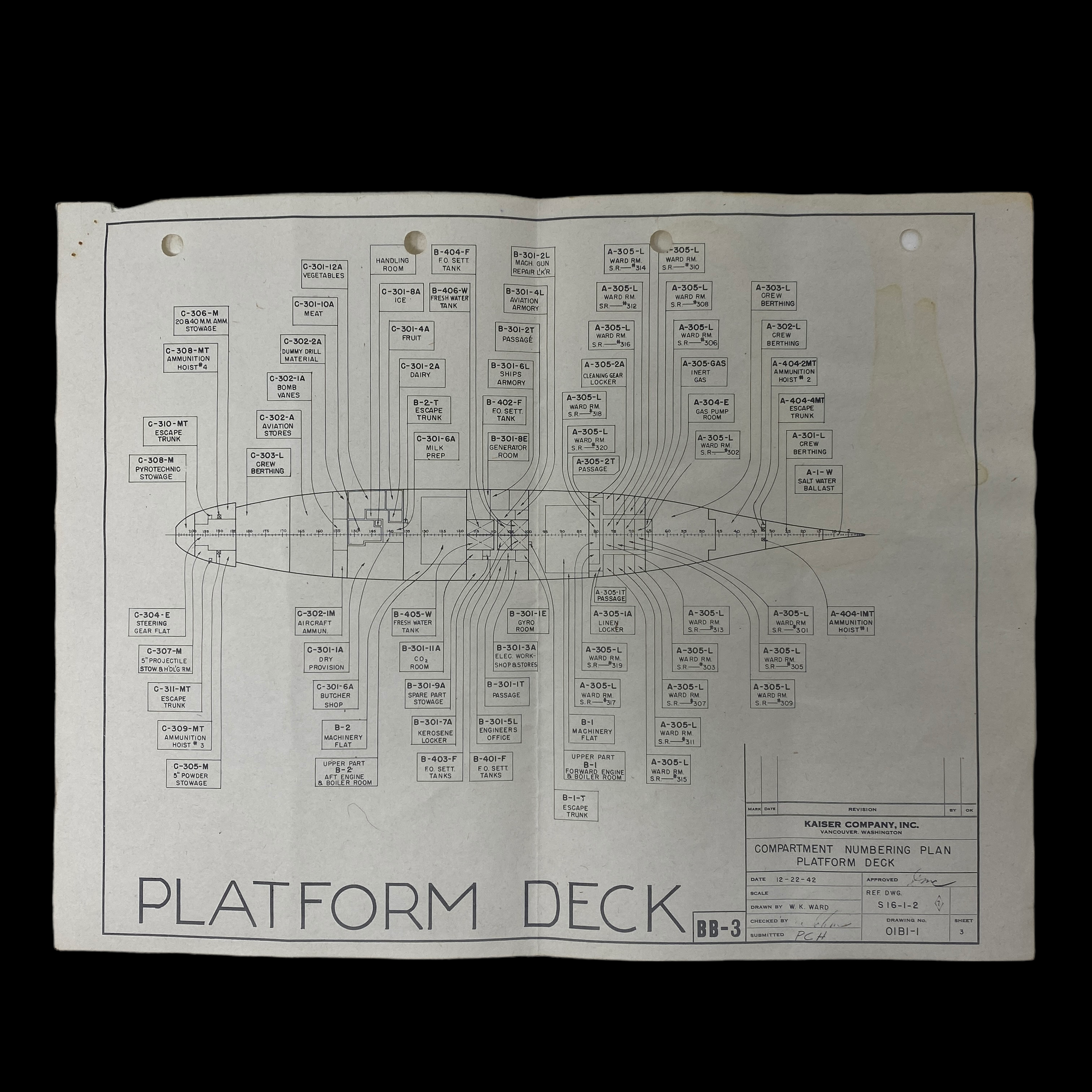
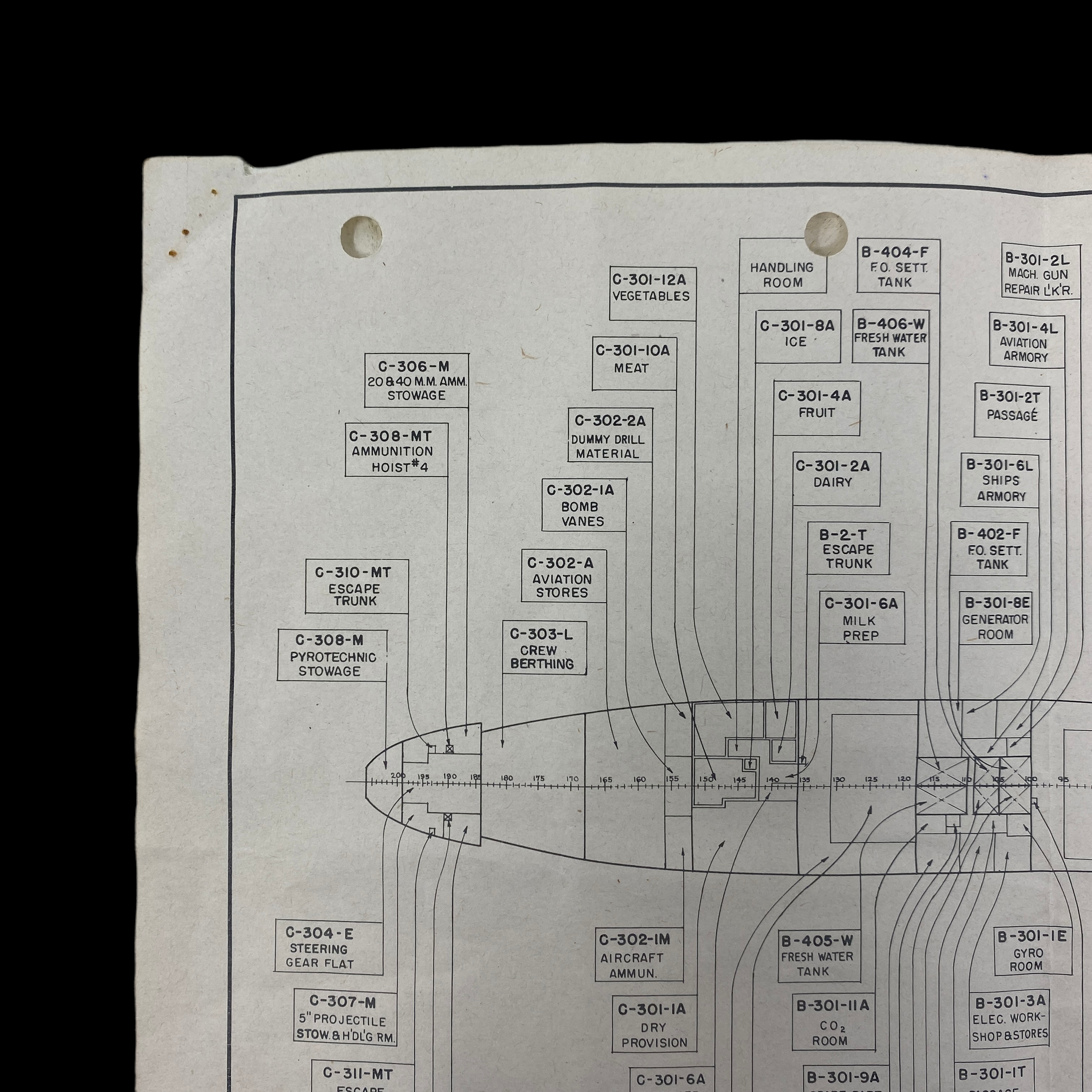
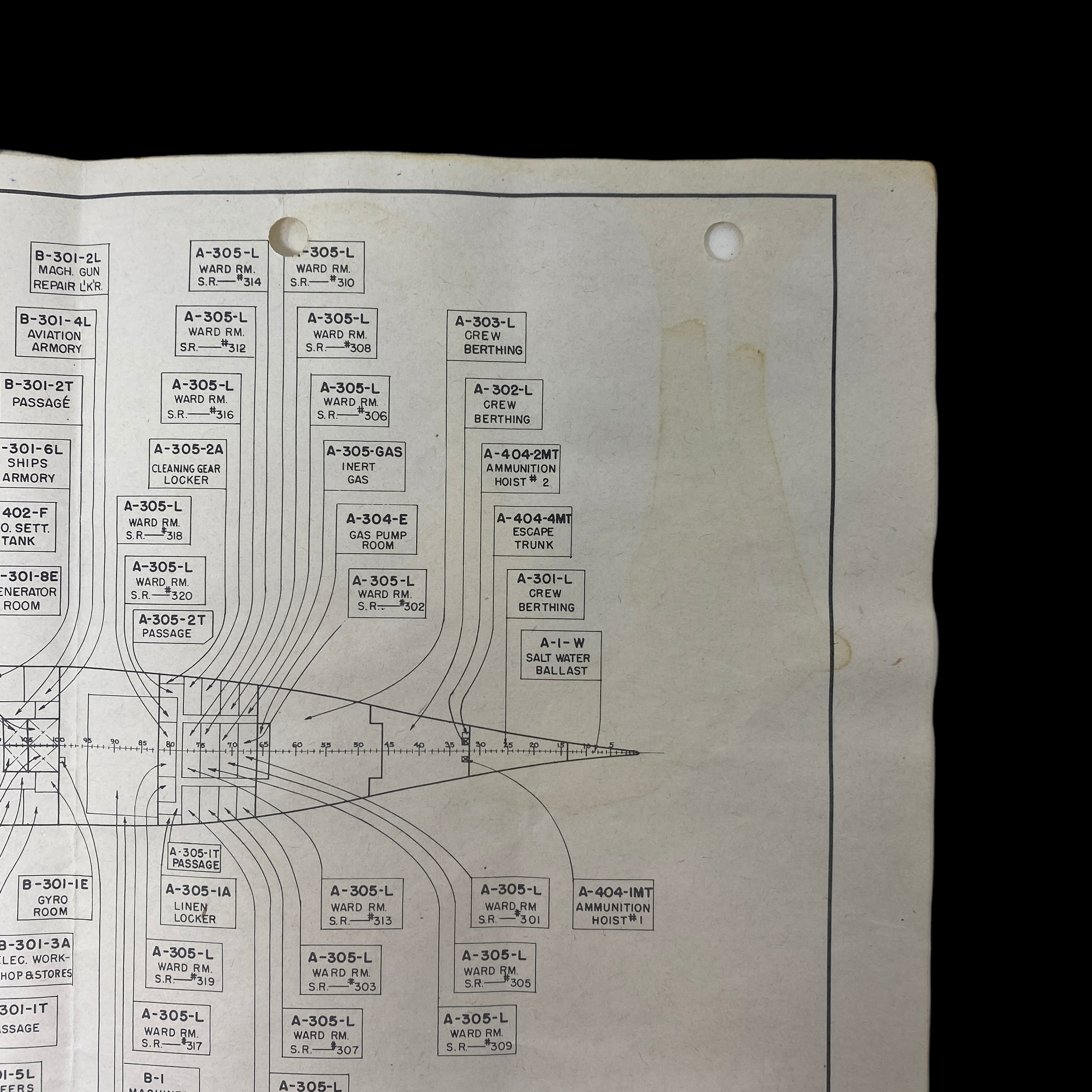
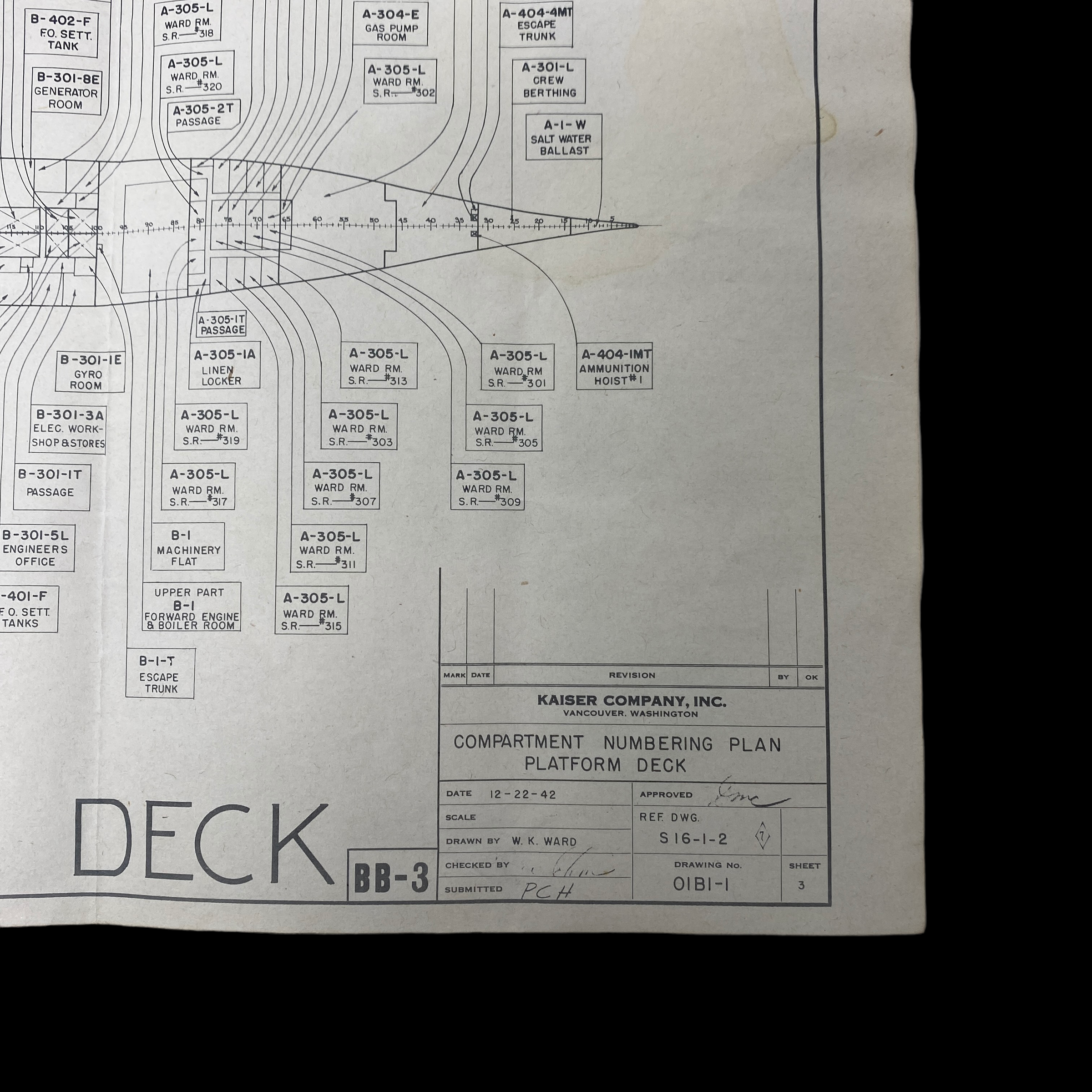
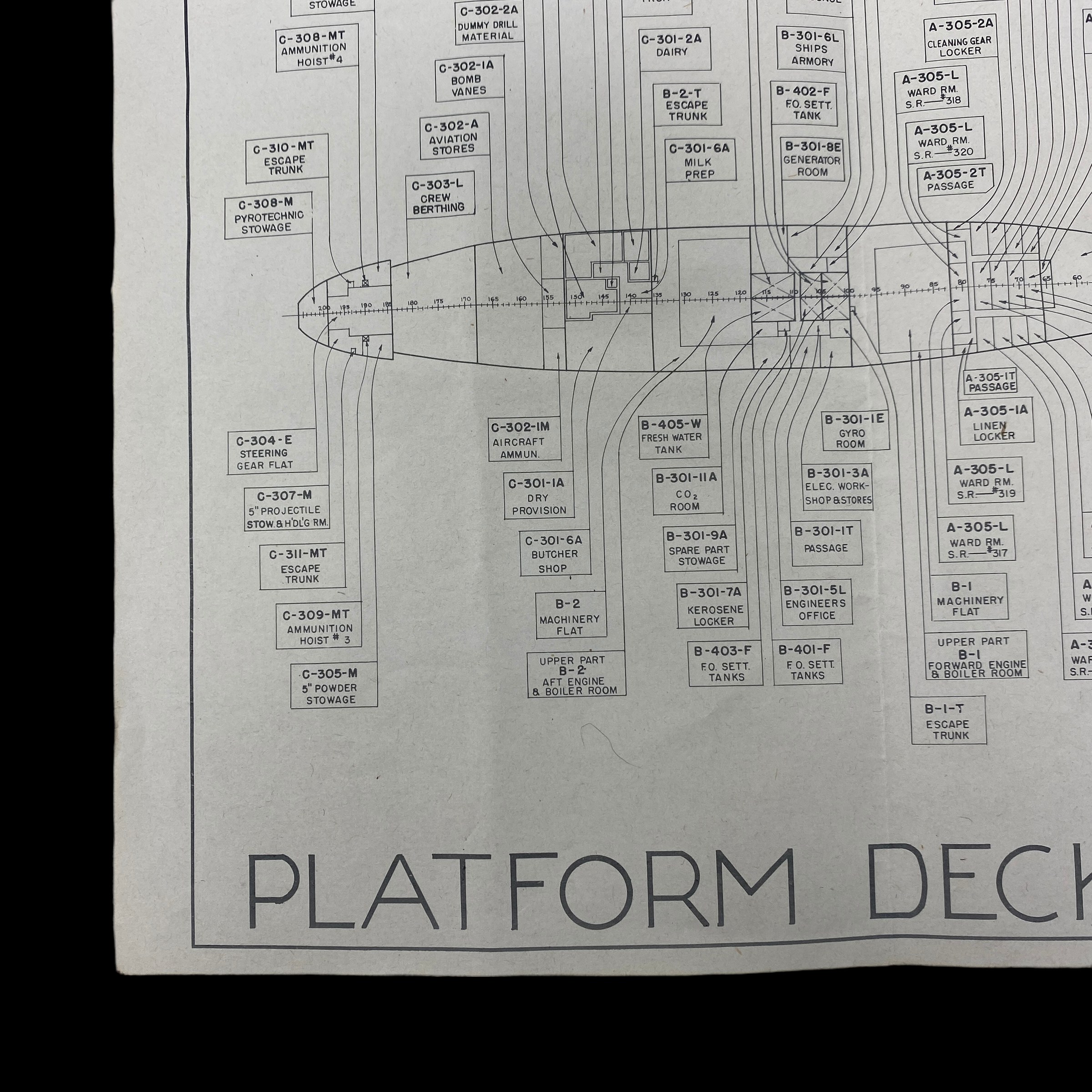


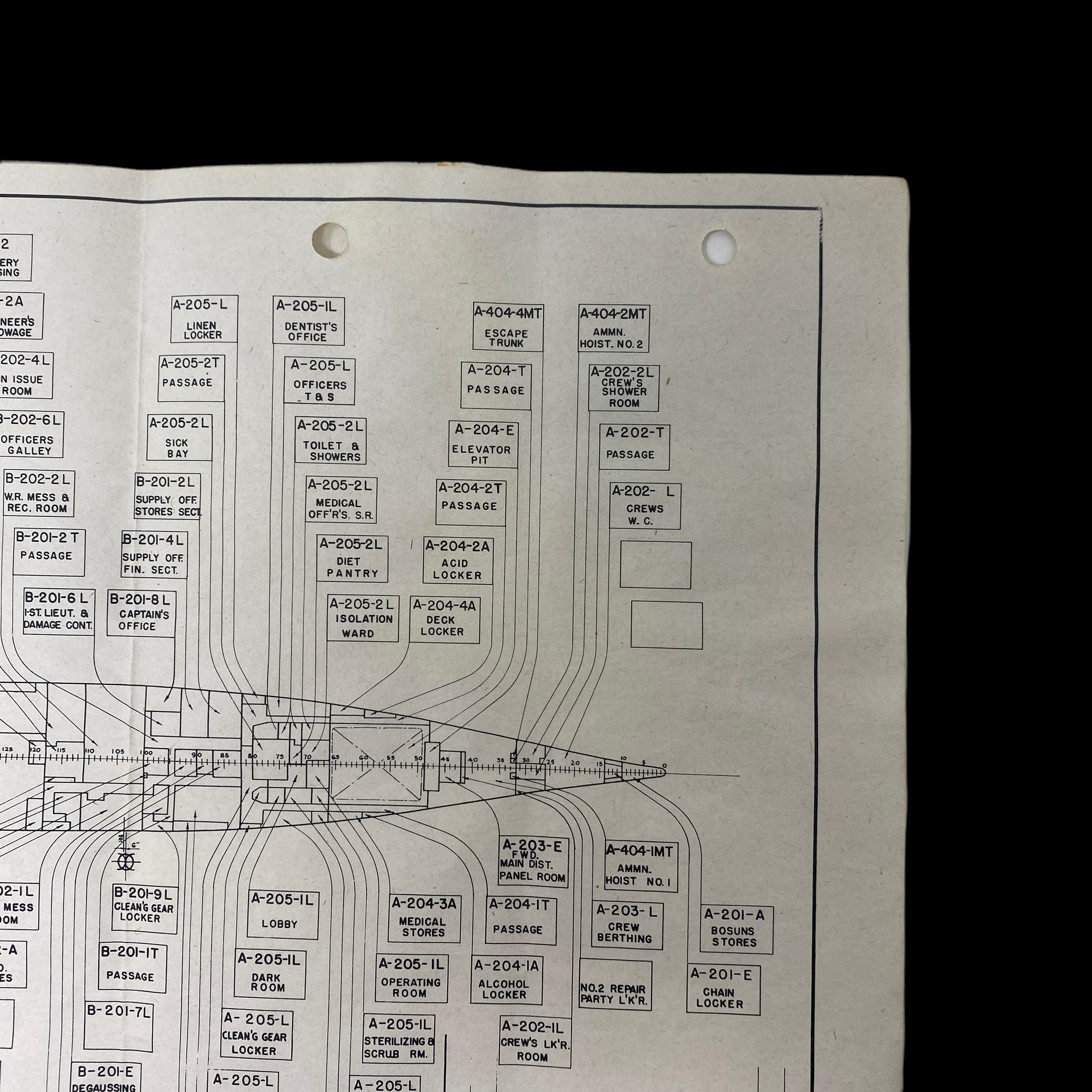
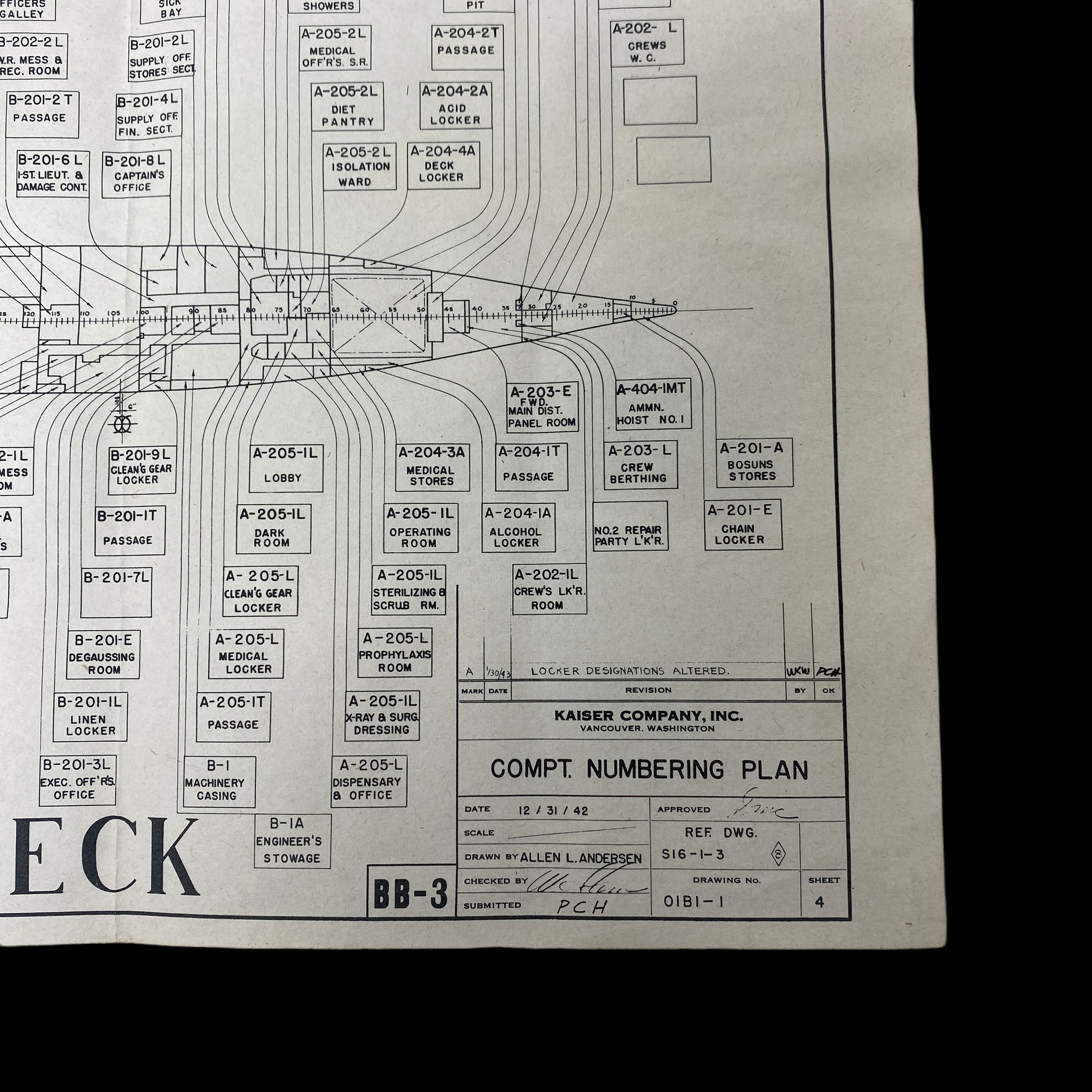
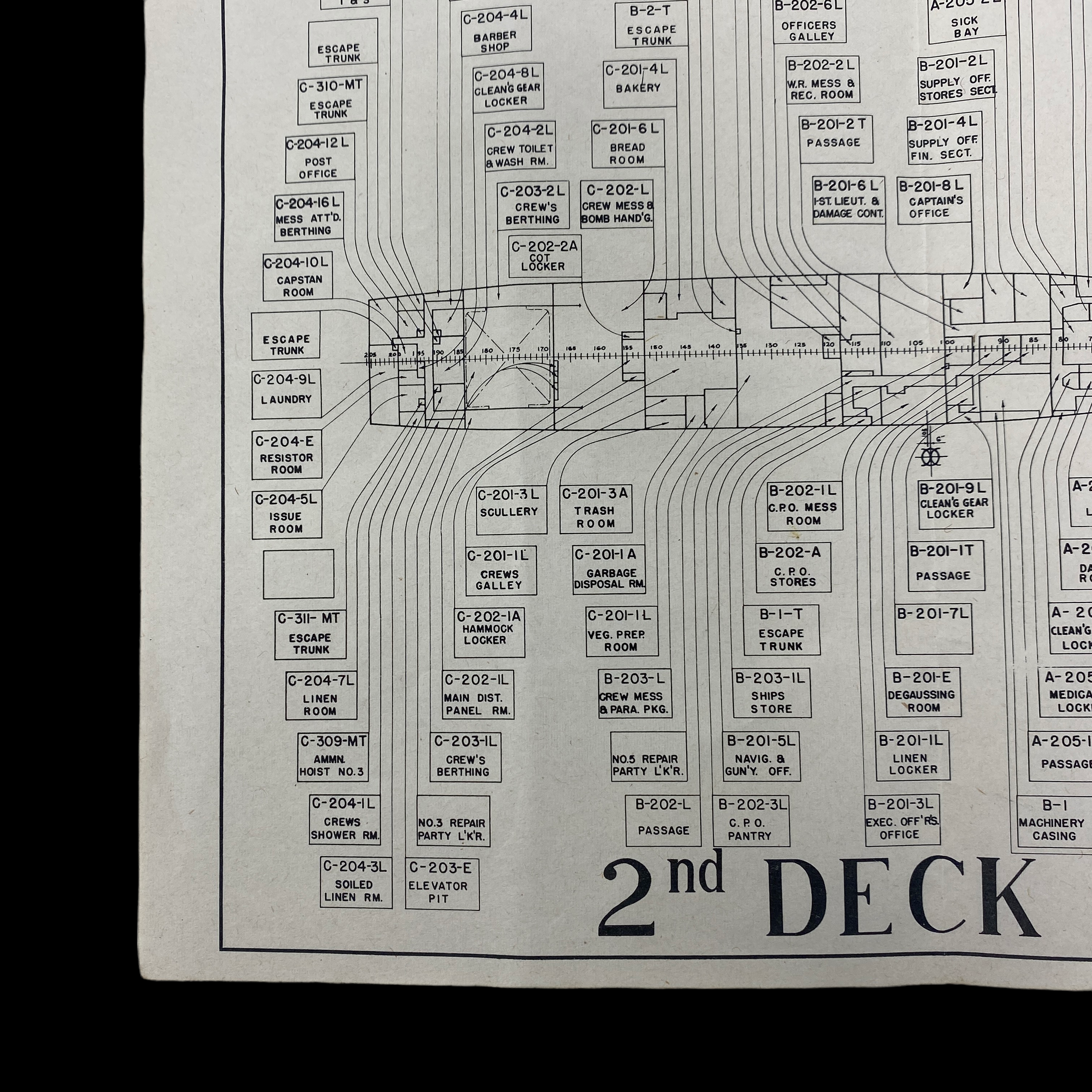
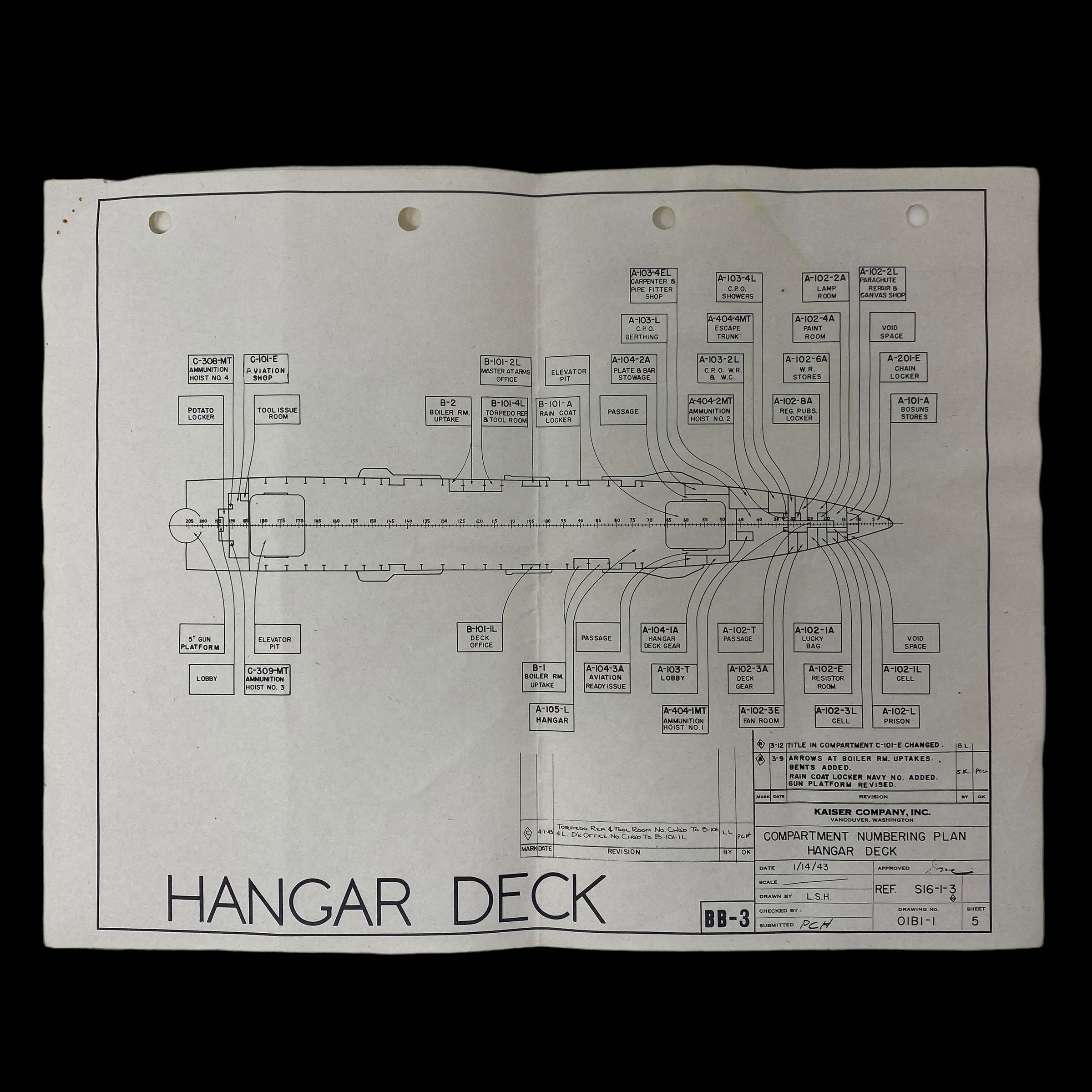
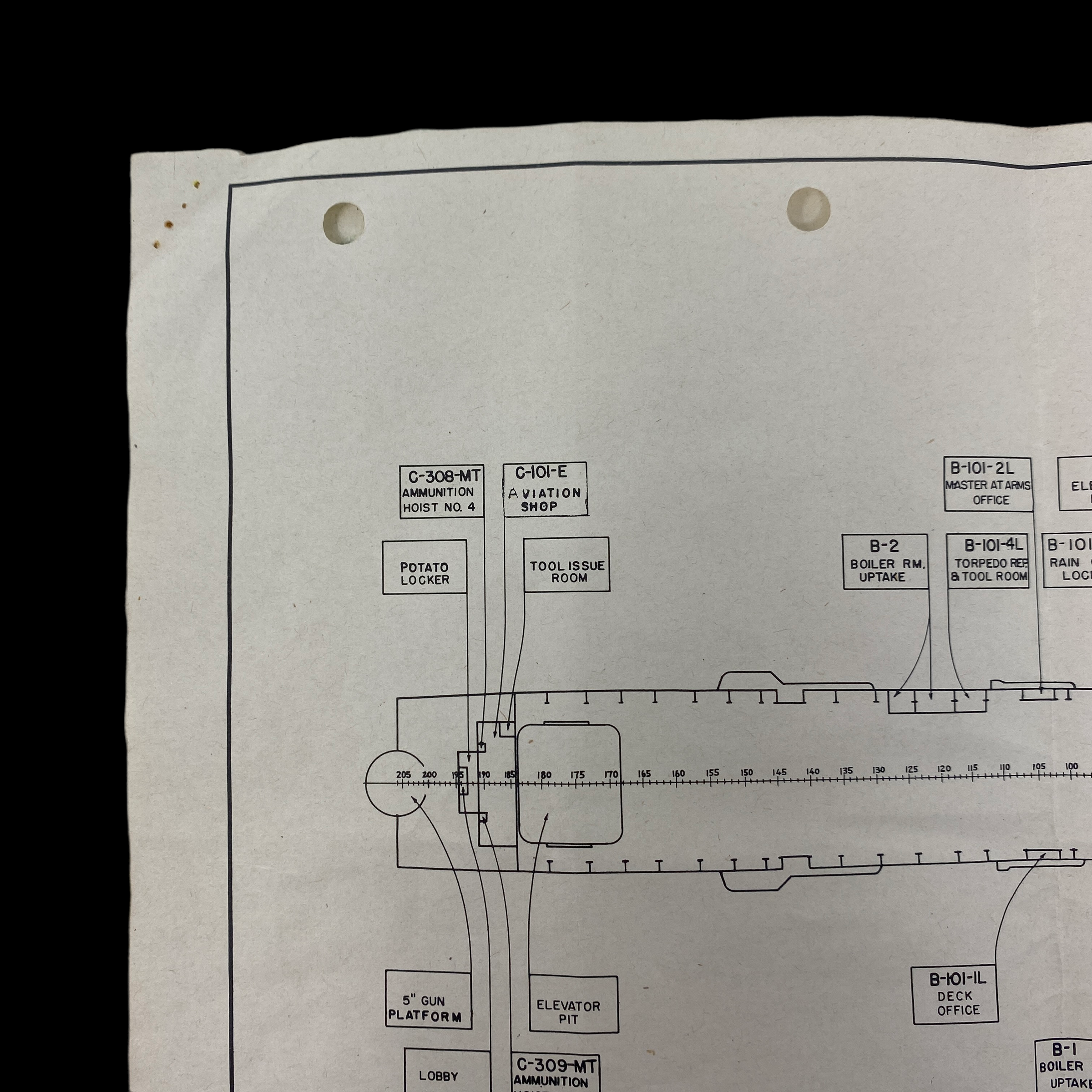
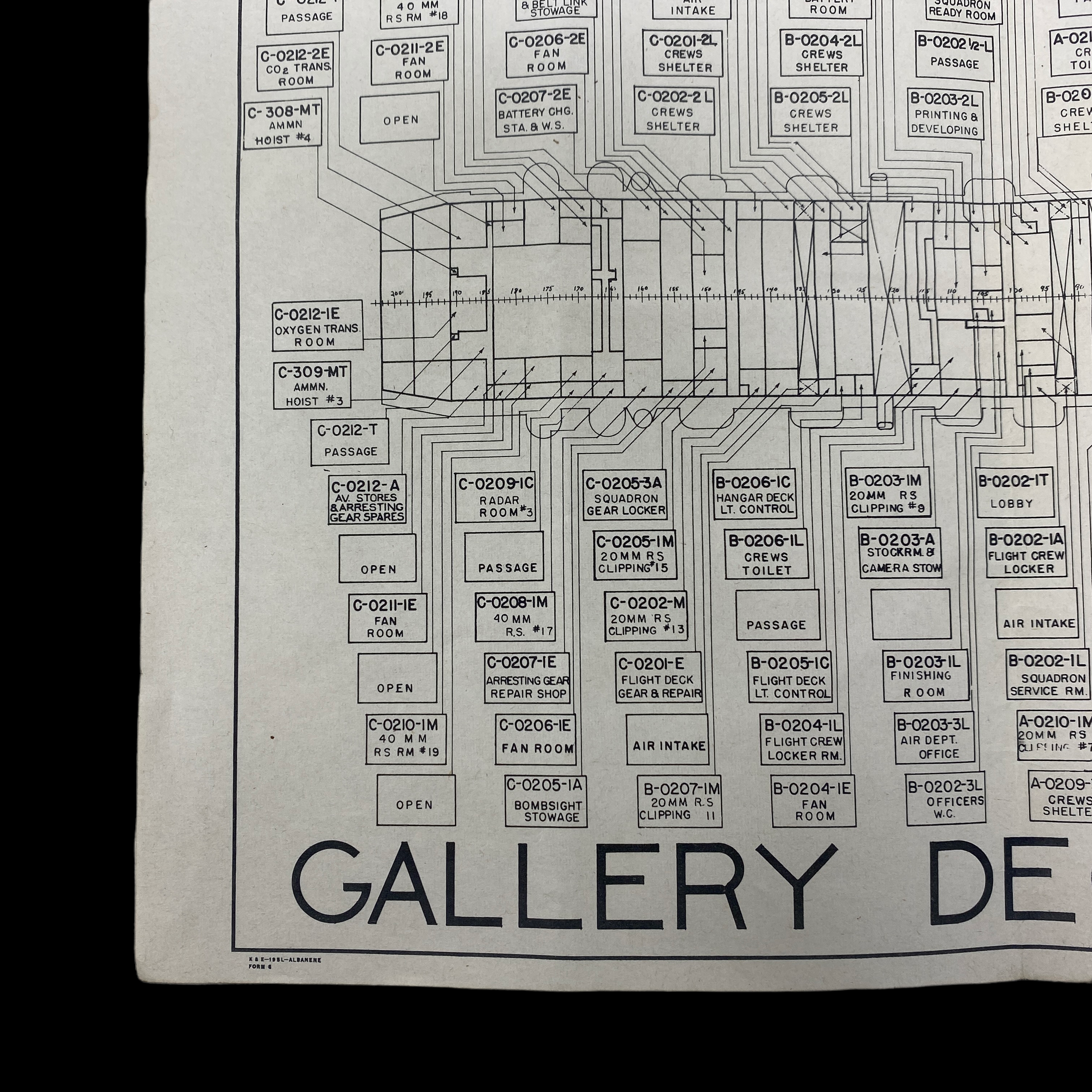
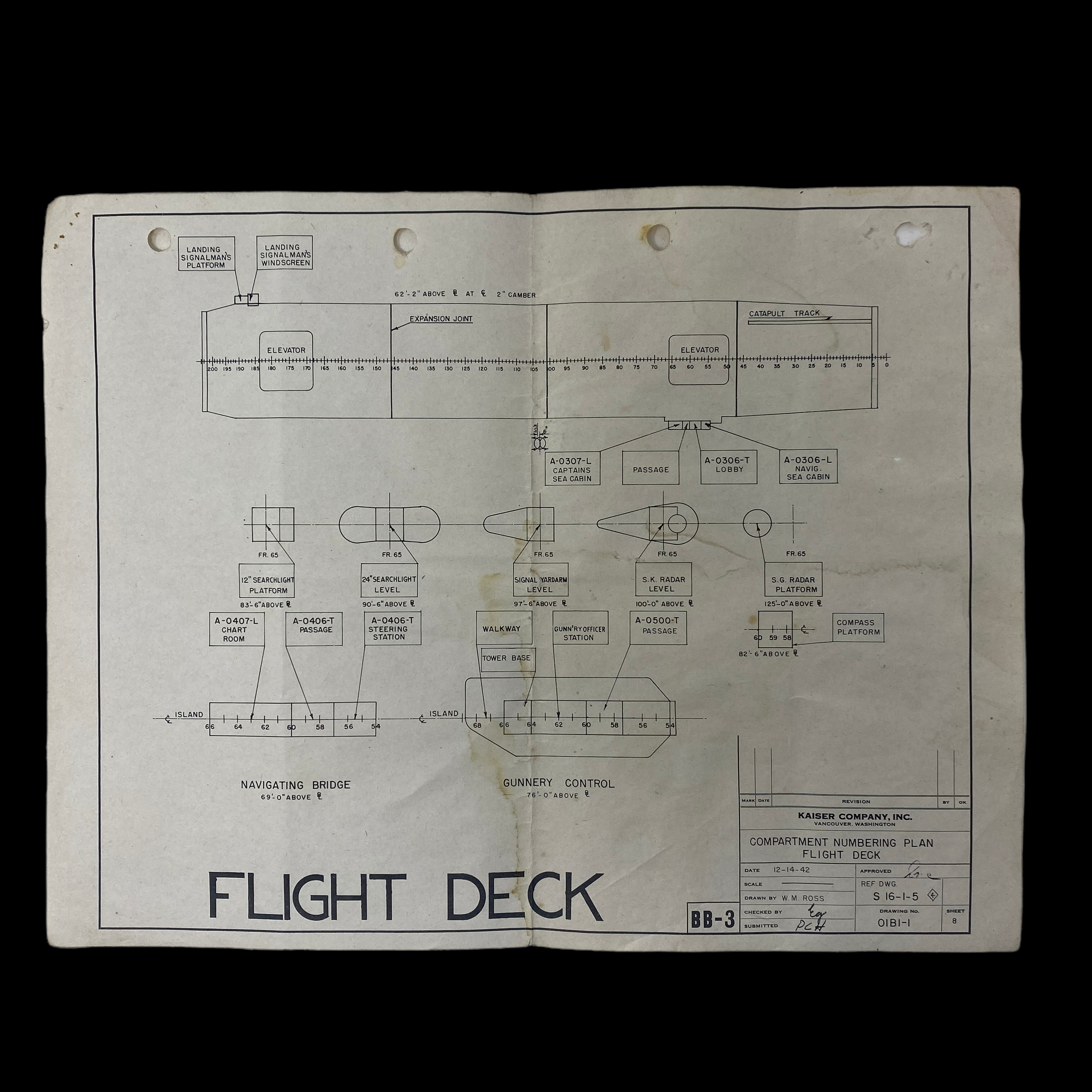

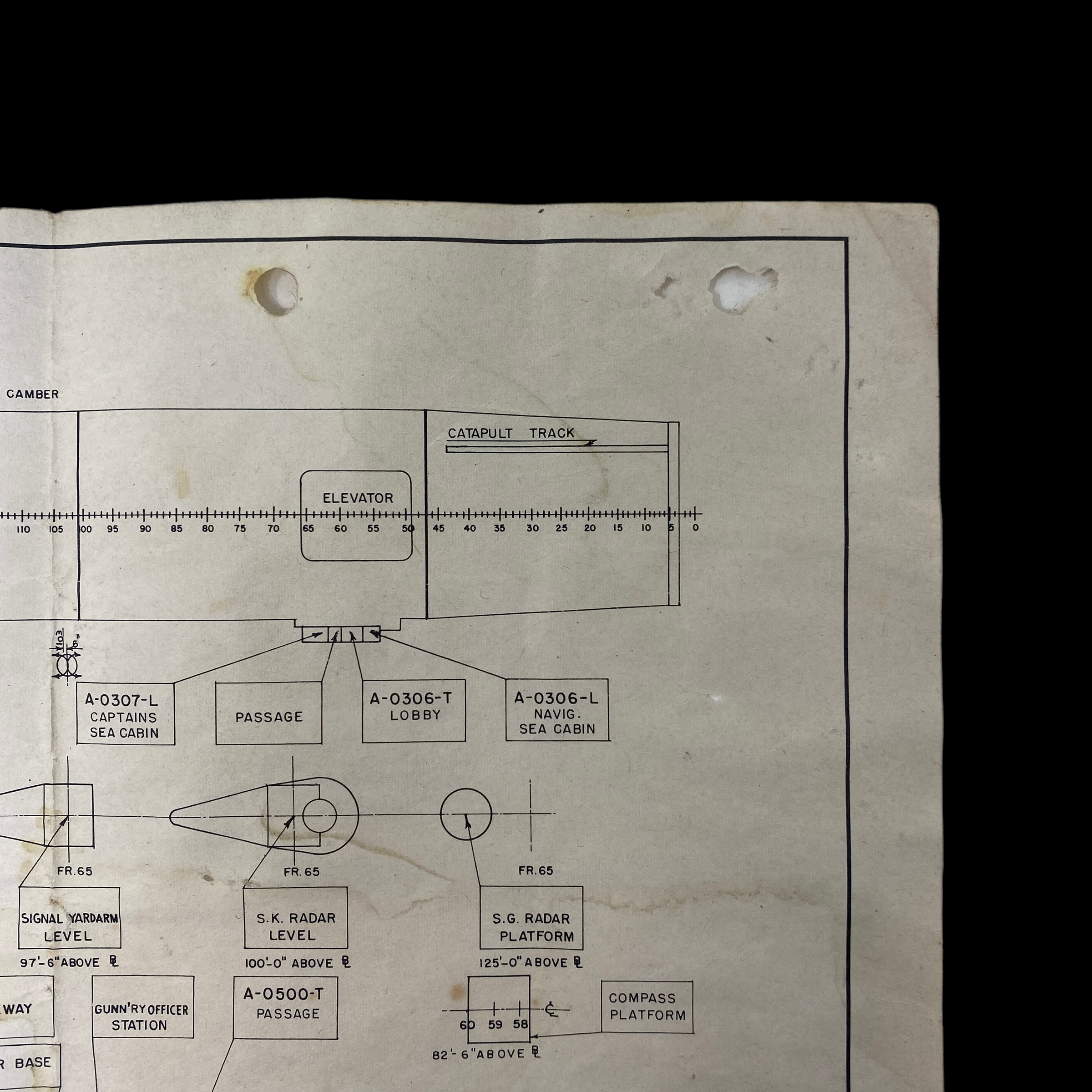
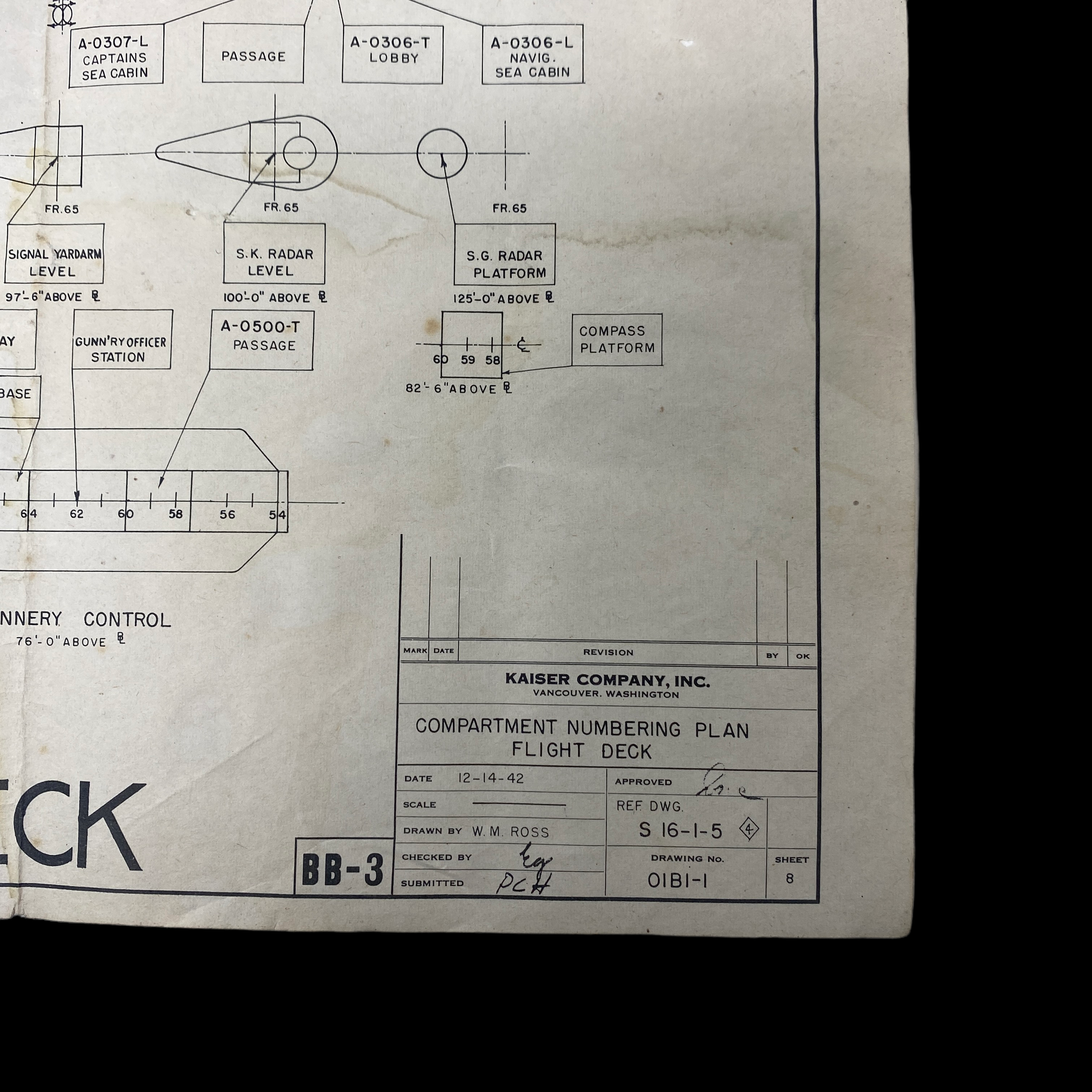
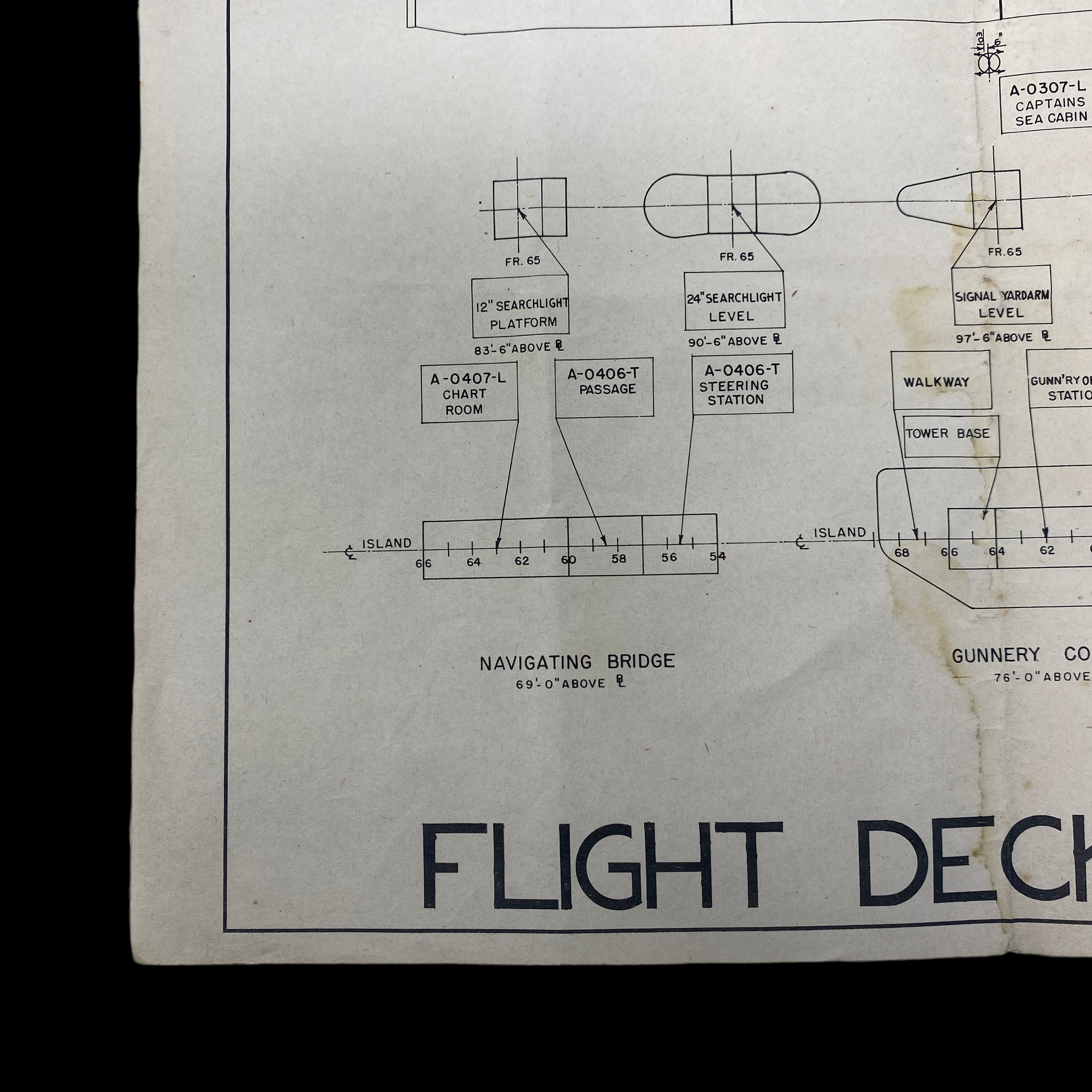

RARE WWII 1942-43 Casablanca Class Aircraft Escort Carrier Blueprint Constructional Diagram Layout - Kaiser Shipping Company
Comes with hand-signed C.O.A.
This incredible rare and museum-grade artifact comes directly from the Kaiser Shipyard Company. These original WWII constructional blueprint sets are the only full and complete sets know to exist in the world and were used in the 1942-1944 construction of the mighty fleet of Casablanca-class CVEs — the Escort Aircraft Carrier, or Escort Carrier. The Kaiser aircraft carriers were instrumental in the Allied victory during the decisive Battle of Leyte Gulf in the Philippine Islands, October 23–26, 1944.
The Casablanca-class aircraft escort carrier were a series of aircraft escort carriers constructed for the United States Navy during World War II. They are the most numerous class of aircraft carriers ever built. Fifty were laid down, launched and commissioned within the space of less than two years – 3 November 1942 through to 8 July 1944.
This complete set was used during the building of the famous 1942-1944 Casablanca-class aircraft escort carriers. Each blueprint features signed, checked, and approved blueprint revisions. These constructiaonal layouts were used and updated as the escort carriers were improved.
These blueprints helped create nearly one third of the 143 aircraft carriers built in the United States during the war with five lost to enemy action during World War II.
*Casablanca was the first class to be designed from keel up as an escort carrier. It had a larger and more useful hangar deck than previous conversions. It also had a larger flight deck than the Bogue class. Unlike larger carriers which had extensive armor, protection was limited to splinter plating. Their small size made them useful for transporting assembled aircraft of various sizes, but fighters were limited to smaller and lighter aircraft such as the Grumman F4F Wildcat. The hull numbers were assigned consecutively, from CVE-55 Casablanca to CVE-104 Munda.
Of the eleven United States aircraft carriers of all types lost during World War II, six were escort carriers, five of which were of the Kaiser-built Casablanca class:
CVE-56 Liscome Bay
Sunk 24 November 1943. Submarine torpedo launched from IJN I-175 SW off Butaritari (Makin).
CVE-73 Gambier Bay
Sunk 25 October 1944. Concentrated surface gunfire from IJN Center Force during Battle off Samar.
CVE-63 St. Lo (ex-Midway ex-Chapin Bay)
Sunk 25 October 1944. Kamikaze aerial attack during Battle of Leyte Gulf.
CVE-79 Ommaney Bay
Sunk 4 January 1945. Kamikaze aerial attack in the Sulu Sea en route to Lingayen Gulf.
CVE-95 Bismarck Sea
Sunk 21 February 1945. Kamikaze aerial attack off Iwo Jima.
CVE-96 Anguilla Bay renamed USS Salamaua
Damaged at Lingayen Gulf on 6 January 1945 after kamikaze with two 551-pound (250 kg) bombs hit her flight deck. She was repaired and put back in service.
Kaiser Shipyards:
During World War II, industrialist Henry J. Kaiser established three shipyards in the Pacific Northwest, two in Portland and one in Vancouver, Washington. Kaiser’s Northwest shipyards produced 752 ships during the war years.
At their peak at the end of 1942, the shipyards in the Northwest employed 97,000 workers, including many migrating from outside the region. The shipyard boom played a major role in reshaping the social, political, and economic history of Portland, which had a pre-war population of 340,000 residents.
Kaiser’s Northwest shipyards, and four other Kaiser shipyards in Richmond, California, contributed heavily to supporting the war effort during World War II. Best known for constructing cargo vessels known as Liberty ships and their successor Victory ships, the Kaiser shipyards also built small aircraft carriers, tankers, and other vessels. In total, workers in all seven Kaiser shipyards assembled 1,552 vessels out of the 5,601 ships commissioned by the U.S. Maritime Commission between 1939 and 1945. (Additional deliveries for private companies and foreign governments brought wartime production of U.S. shipyards to 5,777 vessels.)